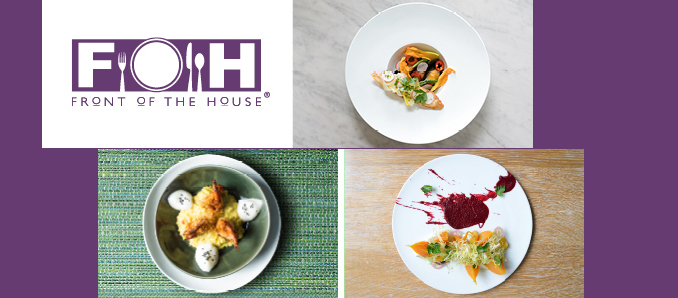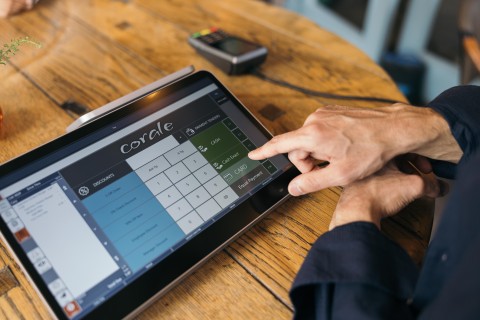What the FODMAP?
A sweet introduction to the toughest diet you’ve never heard of Ross Jason
A new diet is emerging out of the medical literature and into wider society. Its rules are constantly changing, you won’t know what’s safe to eat without an app, and you can’t have garlic, onion, or celery. Allow me to introduce you to the Low FODMAP diet, a niche medical diet for the digestively distraught. It’s not as bad as it sounds, I promise.
Developed by Monash University in Melbourne, Australia, FODMAP is an acronym for Fermentable Oligo-, Mono- and di-saccharides And Polyols. In plain English, the 4 types of sugars naturally present in all kinds of foods. A low-FODMAP diet is one that eliminates your exposure to these sugars. They’re special because of their tendency to ferment in your small intestine, an environment that should be nearly sterile. If you have severe digestive issues like IBS, SIBO, Crohn’s, or Ulcerative Colitis, FODMAPs likely set off your symptoms. Avoiding them might be your first step towards salvation.
FODMAPs only exist in carbs, so anything without them, like meat or fish, is safe. Alliums like garlic and onions (fructans), berries like blackberries (sorbitol), other fruits like apples (fructose), cheese (lactose), mushrooms (mannitol), peas (oligosaccharides), and hundreds of other foods are off the list. To keep everything straight, you need to use the Monash FODMAP App—it uses a red/yellow/green light system to show you what safe ingredients and serving sizes look like. The diet has three phases: complete elimination, supervised reintroduction, and a long-term personalized plan based on your reintroduction results.
Why Low FODMAP? While growing in popularity, the Low FODMAP diet isn’t something you just hop on yourself. If it sounds helpful to you, investigate your gut health deeply with your doctor first.
Despite the intense limitations, some of us are eating exceptionally well on the low-FODMAP diet and feeling much better. FODMAPs are everywhere, if you can’t control what’s on your plate, you won’t know if it’s safe. This is forcing dieters like me to get busy in the kitchen and to hone our skills. If you want to make yourself a gut-friendly treat, try out my low-FODMAP coffee cake (It’s also gluten, dairy, and soy free).
Holy Fodmap Coffee Cake
Ingredients
1/3 Cup gluten free breadcrumbs
2 Cups gluten free all-purpose flour
1 Cup beet sugar
1 tsp salt
10 Tbsp Butter Flavored Coconut Oil (BFCO)
1 tsp baking powder
½ tsp baking soda
¾ cup (1 small container) vanilla coconut yogurt
1 egg
1 tsp vanilla
¾ cup pecans, blended
½ cup maple sugar
1 tsp ground cinnamon
Tools
10-inch Springform Pan
Food processor
Read Also: Herbal Cuisine with KimChi – Food & Beverage Magazine
Directions
Allow all ingredients to come to room temperature. Preheat oven to 350°. Blend your pecans in the food processor until finely chopped, set aside. Grease your springform pan and sprinkle with breadcrumbs. Turn pan to coat the sides and tap out excess. In a large mixing bowl, whisk to combine flour, beet sugar, and salt. Add BFCO and cut in with a whisk until your mixture resembles small chunks or crumbs. Be careful not to overmix. Add yogurt and continue whisking, crumb formation will intensify. Pause here and remove one cup of crumbs, set aside. Continue whisking, add baking powder and soda. Add egg, vanilla and whisk aggressively for 1.5-2 minutes until batter is smooth. Pour batter into the pan, scraping the sides of the mixing bowl and smoothing the top with a spatula. For the topping, add leftover batter crumbs in bowl with chopped pecans, maple sugar, and cinnamon. Whisk together with a fork until mixture is homogenous. Sprinkle crumbs over the batter. Bake for 40-45 minutes. Remove from oven and let cool for 5-10 minutes on a wire rack. Run a thin knife around the edge of the cake to release it from the sides of the pan and remove the sides. Let cool for 1.5hrs, serve.
Ross Jason is the founder of Fearless FODMAP. He regularly posts recipes on YouTube and his Blog.








